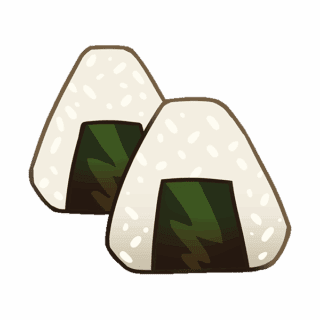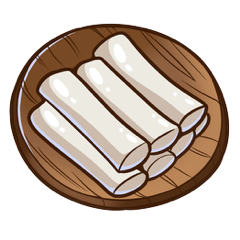Onigiri
They are simple because they consist essentially of a ball of rice filled with whatever you prefer. They are perfect for exactly that reason.
One can be a snack; a few can make a meal. Fillings range from tuna and mayo, salted salmon, umeboshi pickled plum, roe, squash, pork, mustard greens, and dried mackerel — to name just a few. In Japan, onigiri is widely available, sold at places ranging from train stations to convenience stores.
When making your own, there are a few helpful tricks. You can form onigiri by hand or use a mold. Molds produce a uniform triangular shape, but shaping by hand works just as well, though it may require some practice.
If making onigiri by hand, here are a couple tips:
First, the rice should be warm (but not too hot to handle) when molded — this helps it hold together. And unlike sushi rice, it should not be seasoned with vinegar.
Second, wet your hands before shaping to prevent sticking. Add a pinch of salt to season the outside as you go. You can even add furikake to your hands if you like for added flavor.
Once formed, onigiri can be wrapped or garnished. A strip of nori seaweed is the classic choice, but furikake, sesame seeds, or other toppings work too. There is no single correct way to fill, wrap, or garnish onigiri — choose what you enjoy.





